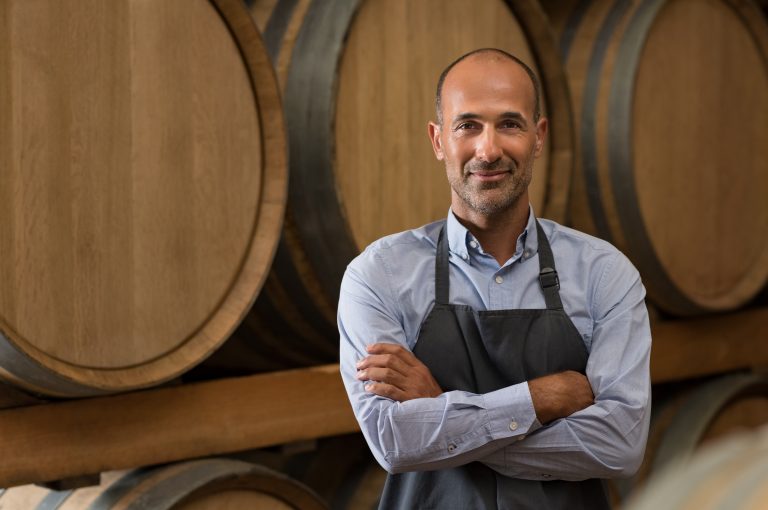How to Make Wine from Home – Wine Making Tips From McLaren Vale Winery Expert Denis Mackenzie
For anyone that’s interested in wine making, the chances are that you’ll be keen to replicate the techniques and methods utilised by market leaders such as Fox Creek Wines; without having to spend thousands in the process. Fortunately, DIY wine production is now more possible than ever and for those of you that are keen to create your own unique vintage, or prepare an exclusive type for your own enjoyment; here’s a closer look at how to produce this type of alcohol from home.
Get your wine making ingredients together
The first thing that you’ll need to do is to get your ingredients in one place, ready to begin the fermentation process. Grapes are commonly used, but it’s also possible to turn to apples and other types of fruit if you’d prefer. In this instance we will consider grapes as the main source of flavour for the wine, so the next thing to do will be to properly clean them.
Years ago, grapes were often pressed by foot, but due to the unhygienic nature of this activity, it may be a good idea to invest in a small hand held presser, or another suitable piece of machinery instead.
 Choosing the right tools for making wine at home
Choosing the right tools for making wine at home
The process of fermentation is very important to ensure that the wine is as flavourful as it is appealing. The skin of a grape will need to be pressed along with the internal composition of the fruit to form a thick pulp. During this stage, a reaction will occur that isn’t harmful to human skin, but can certainly stain furniture and other items around the home.
Buying a large wooden bowl can be a good choice and when paired with a device to crush the grapes into their constituent parts; you’ll already be on your way to producing your own alcohol. Once crushed, the bowl, barrel, or container will need to be sealed for around 14 days to allow the fermentation to fully take place. Some experts will advise you to add water and certain preservatives, but this isn’t really necessary, as the acidic properties within the grapes can allow them to remain free from decomposition for at least a couple of weeks.
Once fermentation is over, you will need to sieve away the unwanted pulp to retrieve the liquid that has been created as a result of the reaction. At this point, water and flavourings can be added to enhance the flavour, or to add to the volume of the liquid. This formula should then be stored for anywhere between a few weeks and several months (or years) to allow the composition to absorb its surroundings, as well as improve the flavour and reduce any bitterness that may be left behind from the fermentation period.





